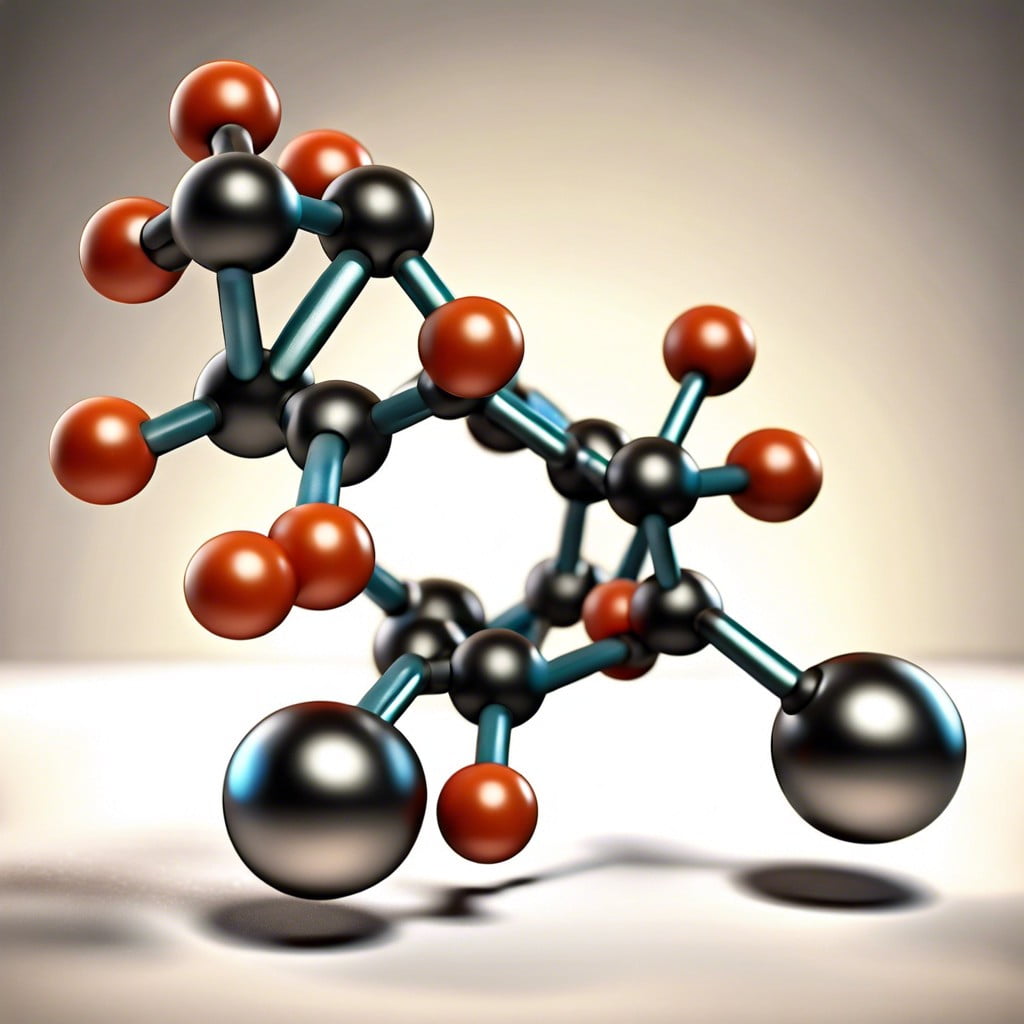Discover how polymers are revolutionizing the construction industry through a variety of innovative applications.
Key takeaways:
- Polymers are materials made from long chains of molecular units.
- Polymers can be natural or synthetic and have diverse characteristics.
- Polymer products offer advantages such as lightweight, durability, and energy efficiency.
- Polymer products are used in concrete reinforcement, insulation, sealants, roofing, and plumbing.
- Polymer material innovation includes eco-friendly polymers, smart polymers, composites, self-healing polymers, and 3D printing.
Definition of Polymer Products

Polymer products are materials made from long chains of molecular units, known as polymers. These are versatile due to their molecular structure, which can be designed to display a range of physical properties. Common examples include plastics, silicones, and epoxy resins.
- Origin: Polymers are derived either naturally, like rubber and cellulose, or synthetically, like nylon and PVC.
- Characteristics: Depending on their makeup, polymer products can be lightweight, durable, and resistant to corrosion and chemicals.
- Manipulation: They can be molded, extruded, or cast into various shapes and sizes, fitting diverse construction needs.
Understanding the basics of polymers provides a foundation for appreciating their role and benefits in construction applications.
Types of Polymer Products in Construction
Polymer products have transformed the construction industry with their diversity and functionality. Here are some common types used in construction:
- Thermoplastics: These include PVC (used in pipes and window frames) and polystyrene (common for insulation).
- Thermosetting Plastics: Epoxies and polyurethanes fall under this category, commonly used as adhesives or coatings due to their strong bonding capabilities and resistance to heat.
- Elastomers: Silicone and rubber materials are used for sealing and waterproofing, owing to their flexibility and durability.
- Fibers and Composites: Fiberglass and carbon fiber composites add tensile strength to structures and are employed in roofing materials and in the creation of high-strength, lightweight panels.
Each type offers unique properties for specific applications, ensuring that architects and engineers can choose the right material for every aspect of their project.
Advantages of Polymer Products in Construction
Polymer products bring several unique benefits to the construction industry. Their lightweight nature eases the burden on structures and makes them easier to handle during the building process. Additionally, polymers are known for their exceptional durability, resisting wear and tear from weather conditions, chemical reactions, and physical impacts, which reduces maintenance requirements.
These materials also excel in energy efficiency, providing excellent insulation properties that contribute to reducing heating and cooling costs. Moreover, with their ability to be shaped into a vast range of forms and their aesthetic versatility, polymers can meet both functional and design specifications with ease.
Furthermore, polymer products often result in a faster construction process due to their ease of installation, and they can be engineered to have fire-retardant properties for improved safety. Lastly, their resistance to moisture and corrosion makes them ideal for various applications, from piping systems to exterior cladding, ensuring long-term performance in diverse environments.
Application of Polymer Products in Structural Components
Polymer products are integral to modern construction, offering versatile solutions that enhance the strength, durability, and performance of structural components. For example:
1. Concrete Reinforcement: Fiberglass reinforced polymer (FRP) rebars offer corrosion resistance and a higher strength-to-weight ratio compared to traditional steel rebars. They’re used in a variety of structures exposed to harsh environmental conditions.
2. Insulation: Spray polyurethane foam (SPF) effectively insulates buildings, reducing energy consumption. It adheres to surfaces, creating an airtight seal that improves the energy efficiency of buildings.
3. Sealants and Adhesives: Silicone and polyurethane sealants provide flexible, waterproof seals for joints and cracks in buildings. These materials accommodate structural movements, preventing water ingress and enhancing building longevity.
4. Roofing Materials: Thermoplastic polyolefin (TPO) roofing membranes are lightweight, UV-resistant, and reflect solar radiation, contributing to cooler building interiors and lower cooling costs.
5. Pipes and Plumbing: Cross-linked polyethylene (PEX) pipes resist corrosion and scale buildup, offering a durable alternative to copper piping. Their flexibility allows for easier installation, particularly in retrofit projects.
6. Architectural Finishes: Polymethyl methacrylate (PMMA), also known as acrylic glass, is used in place of traditional glass due to its shatter resistance and lightweight properties, ideal for skylights and atriums.
Polymer Material Innovation and Product Development in Construction
The continuous push for advanced construction materials has led to remarkable polymer-based innovations. These breakthroughs are focused on sustainability, durability, and functionality.
- Researchers are developing eco-friendly polymers from renewable resources, reducing the construction industry’s carbon footprint.
- Smart polymers that respond to environmental stimuli, such as temperature and moisture, are used for adaptive building skins and structures, enhancing energy efficiency.
- Polymer composites reinforced with fiberglass or carbon fiber offer high strength-to-weight ratios, essential for modern, streamlined architectural designs.
- Self-healing polymers can automatically repair cracks, extending the lifespan of structures and minimizing maintenance costs.
- 3D printing with polymers is revolutionizing construction through the rapid prototyping and production of complex building components tailored to specific requirements.
These innovations reflect the construction industry’s move towards materials that enable smarter, greener, and more resilient buildings.
Recap




